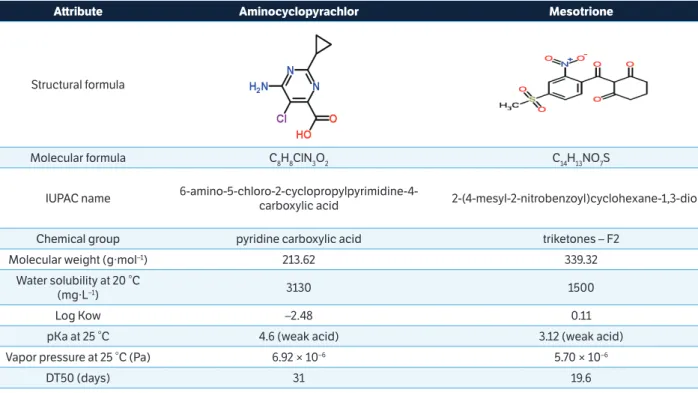Aminocyclopyrachlor and mesotrione sorption–desorption in municipal sewage sludge-amended soil
Texto
Imagem




Documentos relacionados
Antunes (2016) argumenta que, embora atualmente haja acesso a muitas formas de comunicação pelos alunos, as escolas atuais ainda dão mais destaque para a comunicação oral, sendo
The application of municipal sewage sludge followed by dairy industry sewage sludge and waste from fruit pulp industry had a positive impact on the analyzed soil microbial
The study evaluated microbial biomass, basal respiration and selected enzymatic activities (catalase, urease, acid and alkaline phosphatase, and β β β β β - glucosidase) 230 days
(1998) also reported higher plant N recovery by ryegrass from a soil amended with composted biosolids (24% of the total N applied) than from fresh sewage biosolids (17%).. Composts
sin embargo, impeditiva de la adopción, ya sea en lo que respecta a mujeres/hombres solteros, ya sea a parejas no heterosexuales, lo que se ha señalado la necesidad de la
Como se deve tomar o banho f Depois de des- pido, é bom ficar em toilette de banho alguns minu- tos sobre a areia da praia ; durante este tempo, o ar ambiente acha-se em contacto
Through the lenses of the Resource Based View (RBV), we discuss the role of product innovation, the case of The Judge revolver, as a resource for competitive advantage
oleracea vis a vis soil composition (Fig. 2) and bioaccumulation and translocation factors (Table 3) showed distinct patterns according to the different soil composition,
